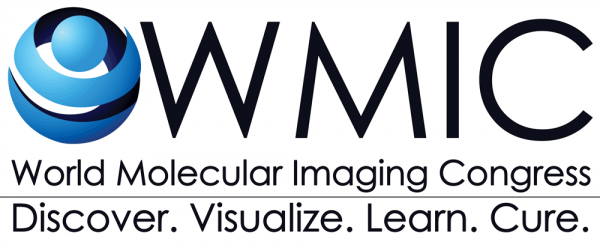Inhaled near infrared Itrybe nanoparticles for non-invasive tracking of macrophages in a mouse model of allergic airway inflammation
Joanna Napp, MPI for Experimantal Medicine; University Medical Center Göttingen
Molecular imaging of lung diseases such as asthma in preclinical models is limited up to date. Allergic asthma is a chronic inflammatory disease, characterized by broncho-obstruction, airway hyper-responsiveness and increased mucus production. The acute asthma attack includes a considerable infiltration of immune cells in the lung, among others alveolar macrophages, the first line of defence. This study exploits these cells for in vivo and ex vivo imaging purposes, using inhaled near infrared fluorescence (NIRF)-Itrybe loaded 100 nm nanoparticles (Itrybe-NPs) in an ovalbumin (OVA)-induced model of allergic airway inflammation (AAI).
Itrybe-NPs uptake was analysed in vitro using MH-S mouse alveolar macrophage cell line. Here, NIRF microscopy revealed a strong internalisation already within 5h of incubation of the cells with 100 ng/ml NPs at 37°C, which was almost completely inhibited, when the cells were grown at 4°C.
In vivo, a severe OVA-based model was used to induce AAI in immunocompetent SKH-1 hairless mice, involving 4 challenges with OVA. Histological analysis of lung sections as well as broncho-alveolar lavage (BAL) revealed significant accumulation of immune cells including macrophages and eosinophils, development of bronchus-associated lymphoid tissue (BALT), mucus hyper production, and goblet cell hyperplasia, showing that the SKH-1 mice are receptive to the induction of AAI by OVA and represent an excellent model for asthma research.
24h after the last challenge, AAI and control mice intranasally received 160 µg of Itrybe-NPs and were imaged in vivo 1h, 5h and 24h after application using the OptixMX2 system. At all scan points, significantly higher fluorescence intensities were measured in vivo in lungs of AAI mice compared to controls (2.9, 1.7 and 1.4 times higher at 1h, 5h and 24h, respectively), with peak intensities obtained at 5h post NPs application. In vivo imaging results were confirmed by ex vivo lung scans and the development of AAI was validated by eosinophilia in the BAL and by histology.
Immunostaining of cytospins from BALs as well as extensive analyses of lung cryosections from entire lungs explanted 24h after NP instillation revealed the uptake of Itrybe-NPs predominantly by CD68+CD11c+ECF-L+MHCIIlow cells, identifying them as alveolar M2 macrophages in the peribronchial and alveolar areas. We never found any Itrybe-NPs in proSP-C+ (prosurfactant protein C) alveolar type II (AT2) cells, but we occasionally observed some Itrybe-NPs within the cytoplasm of podoplanin+ alveolar epithelial type I (AT1) cells.
In summary, we demonstrate that fluorescence imaging in combination with bright NIR-emissive Itrybe-NPs is a promising method to preclinically assess allergic inflammation in the respiratory system in vivo. In addition, we show that Itrybe-NPs provide an excellent tool to track lung macrophages and further elucidate the alveolar M2 macrophages as the most efficient phagocytes.
